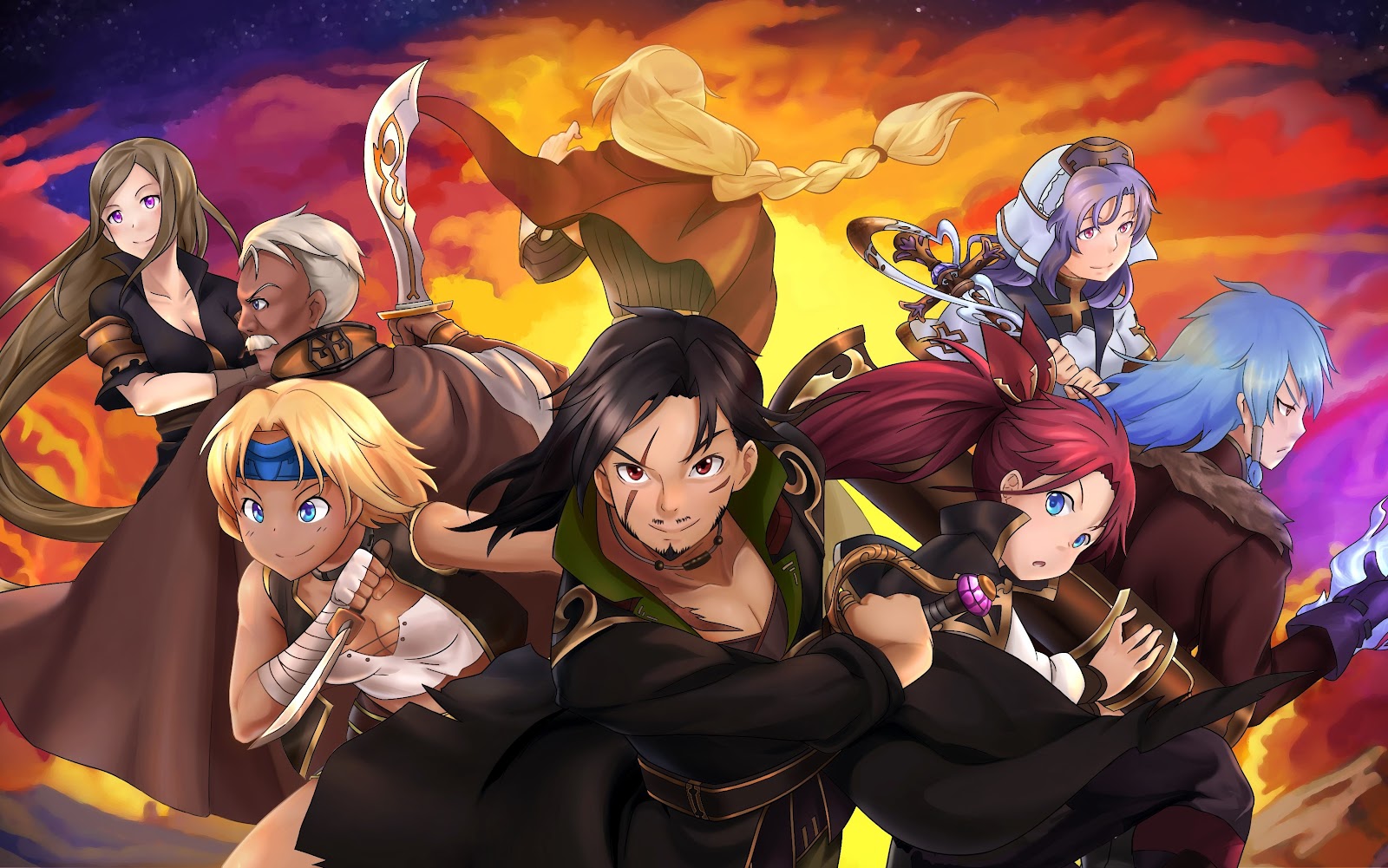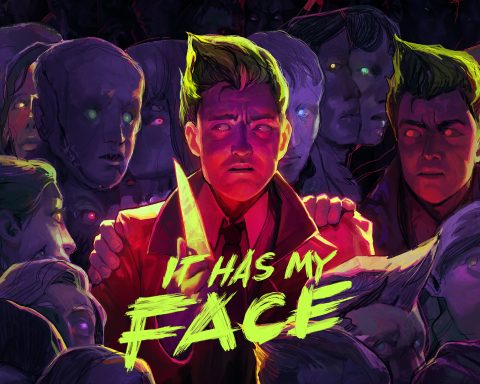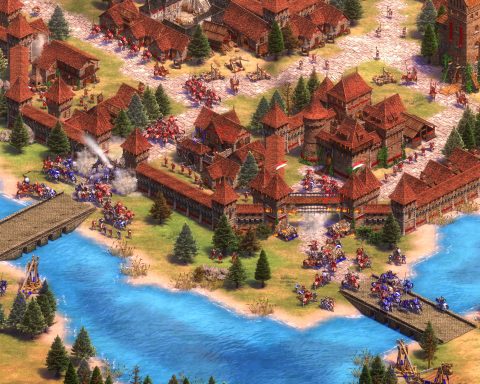Maglam Lord is such a quaint little game. To its detriment, I think, especially with so many stand-out JRPGs on the way in such a short span of time. But also, it’s quaint in a fun and playful way that will appeal to genre veterans in a big way. Maglam Lord is not a Nippon Ichi game and has a different art style to the Disgaea series, but Disgaea is the best point of comparison that I can think of. That’s a very good thing indeed to me as the kind of person that would also pick up a Disgaea game without a second thought (while also understanding that it’s a hugely niche appeal).
To be clear, this is most certainly not a serious game. It’s not weaving a serious narrative, and it doesn’t have any great point to make behind it. Rather, this is a frivolous, comedic thing, playing with genre and anime tradition and tropes without trying to subvert them. It is frequently laugh-out-loud funny, and while the visual novel side of this game does drag on a little too long at times, it was always a delight to see what antics the group would get up to next.
You play as a demon god (male or female), who finds themselves brought into an era where there are no more demons AND, to make their day even worse, they have none of their power left. Indeed, the situation is so dire that they’re designated an endangered species by the government of their new home (which seems to cause them more trouble than help). The point is, though, that you then need to guide them on a quest to gain their power back, bring their demon species back from the brink and, for reasons, buddy up with their enemies in the process.
Maglam Lord is broken up into two sections. There’s the visual novel bits, which also contain dating game mechanics as you get closer to your allies, which work a little like the Persona Social Ranks in terms of the benefits and the narrative arcs… only very silly this time around, and then there’s the action-JRPG bits.
When you’ve undertaken a mission, you’re dropped into one of a series small environments, that you’re free to roam around (not that there’s much to see and explore). These environments are filled with enemies, and when you encounter one of them, you’re whisked to a 2D combat arena, where you’ll take on a small group of enemies in some very pacey action combat, reminscient of an early Tales game by Bandai Namco. You have three different weapon types to swap between (axe, sword and spear), and each of those have different combo systems, and strengths and weaknesses against enemy types.
It is tempting to button mash your way through combat. In the whirl of melee there’s just a touch too little feedback and it visually messy enough that you’ll often be hoping for the best as you try and bash your way through the enemies. The lack of defensive and evasive options also removes some of the nuance that we would expect from modern action games. The variety of combos and enemy types is there, but it’s just a little too unrefined for its own good. This is especially evident in boss battles, where enemies have a lot of health to whittle through. Those battles can be difficult (in addition to a lot of health, these bosses also do a lot of damage), but the overall JRPG genre has improved leaps and bounds in turning boss battles into creative exercises, and this is clumsy by comparison.
Rough as it is, though, Maglam Lord’s combat system is a lot of fun. Enemy designs are cheerful and varied, and aside from those boss battles, they’re over quickly, giving the game a good flow into and out of them. Being able to cycle between the different weapons on the fly adds some further texture to the combat, and there is so much customisation in those weapons to play around with too. The depth that Maglam Lord enjoys comes from this system. Rather than purchase or acquire new weapons, here you forge a staggering range of items using resources that you pick up along the way. More common materials will allow you to create A-level weapons, while rare, precious materials can be spin into S, SS, and SSS-ranked equipment, with vastly better statistics.
With dozens of different weapons to forge, all broken down into these ranks, you’re going to be doing a lot of grinding for materials in Maglam Lord if you are a completionist. This isn’t required to complete the game by any means (indeed, as long as you keep doing the side quests to level up, you’ll get through most of it with the stock-standard A-level weapons if you need to), but it’s fun to get shiny new toys to play with, and you can customise these weapons with a wealth of different colour options, to really personalise the experience.
Really, the only issue with Maglam Lord is that it’s just a little too easy to gloss over it. The bubbly humour is fun, but the underlying plot is forgettable. The characterisation is entertaining, but when you get to the date scenes… well, it’s not like you’re hooking up with Persona’s Risette or Ann. The combat is enjoyable but people won’t be making two hour videos to dissect it. It’s a game that is difficult to flaw for what it set out to achieve, but it’s also not going to be one that people will be talking about a decade from now.
There’s a place for this kind of game, though, and thanks to the great sense of humour, Maglam Lord remains a delight from start right through to its end. It’s a kind of comfort food that operates within the expectations of the genre, and so, while someone who is not familiar with JRPGs will find it all confounding, if you do appreciate the nuances and of the genre it’s going to entertain you a great deal.












